Table of Contents Show
Now that Halloween has officially ushered in the holiday season, many are turning their sights towards Thanksgiving. But for some, this traditional gathering with family isn’t feasible. In comes Friendsgiving, during which close friends gather over a meal and celebrate their companionship. This can happen in place of or in addition to a traditional Thanksgiving celebrated with family.
But in either case, Friendsgiving is the perfect informal holiday for anyone who wants to appreciate their closest companions. The basic concept of Friendsgiving is that the bonds of friendship can be just as strong as family ties. Few friend groups epitomize this concept better than Team Avatar, a group of young friends from Avatar: The Last Airbender. Team Avatar’s friendship is so impactful because it features a group of diverse and occasionally oppositional people who go through realistic struggles yet grow through them together.
History Of Team Avatar
Team Avatar, also known as the Boomerang Squad or just the Gaang, has humble origins as a trio of preteens on a journey to save the world. The show starts with Katara and Sokka, two siblings from the tiny, isolated Southern Water Tribe. When they come across Aang, the Avatar, they decide to head to the Northern Water Tribe so that Katara and Aang can learn the waterbending skills they’ll need to take out the Fire Nation.
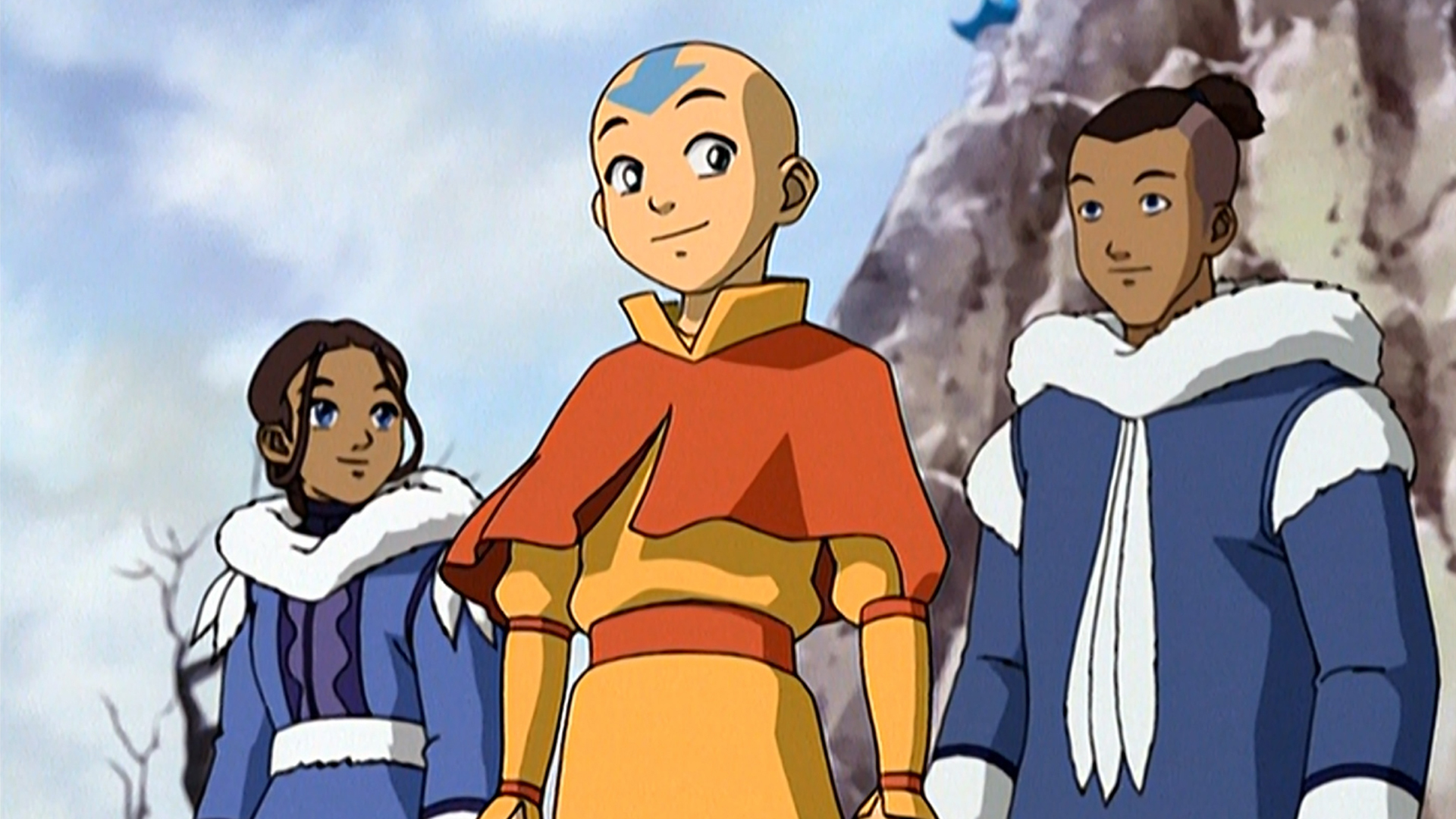
Their dynamics are instantly intriguing. Aang is the happy-go-lucky kid with the fate of the world on his shoulders, Katara is the level-headed yet supportive heart of the group, and Sokka is, in his own words, the “meat and sarcasm guy.” In season two, they are accompanied by Toph, a blind, twelve-year-old girl who also happens to be an earthbending powerhouse. All together, they form a complex group that sometimes clashes but always comes back strong.
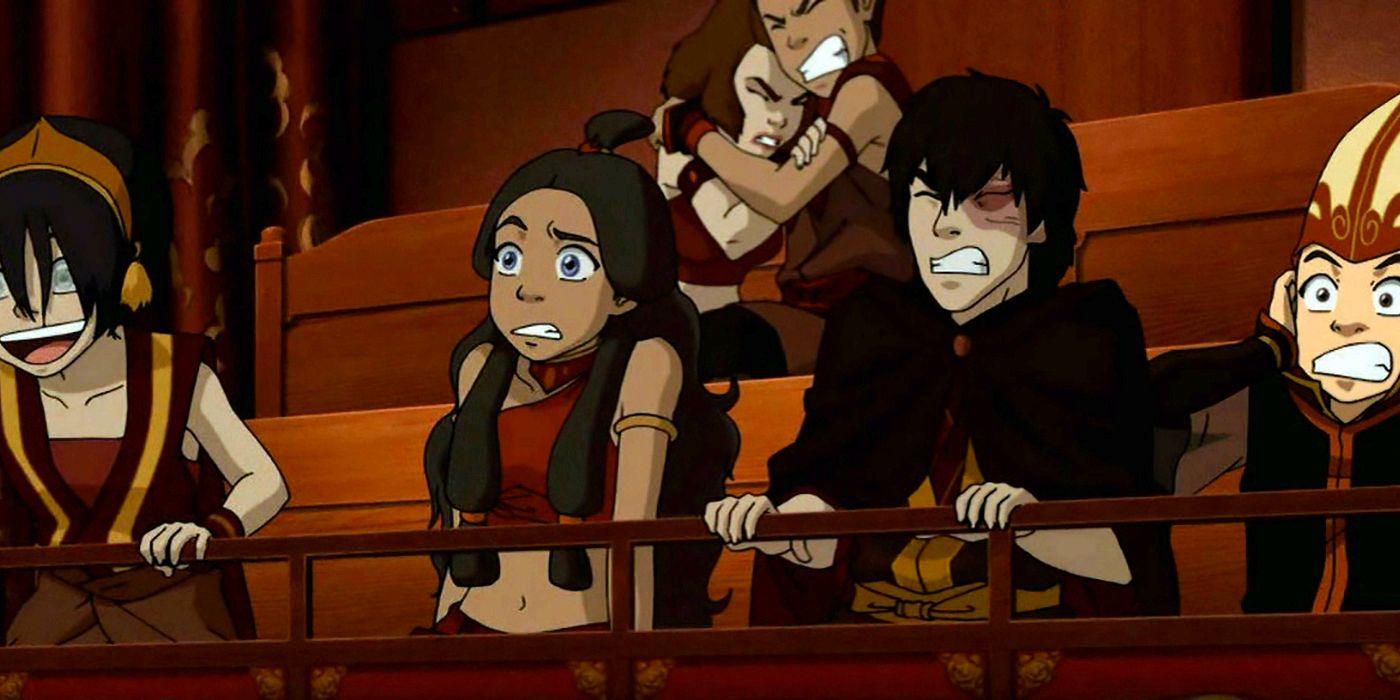
The Gaang’s most disruptive addition is Zuko, banished Fire Nation prince and epitome of teenage angst. Even though he initially obsesses over capturing Aang to prove his worth to his father, in the final season, he actually becomes a part of Team Avatar. He helps bring down the Fire Nation’s empire. His integration into the group is slow and rocky, but by the end of the series, he is an important part of the Gaang.
Why Is Team Avatar The Perfect Friend Group?
The Gaang is an ideal Friendsgiving group because of the ironclad bonds they develop over the course of the show. Not only do they spend the vast majority of their time together, but they also have each other’s backs during life-threatening situations. As a result, their level of trust, support, and reliance on each other makes them more like family than their actual families. However, their relationship isn’t always smooth or perfect. Deep and meaningful conflict is part of what makes their friendship memorable, and themes of forgiveness and growth further enhance their bonds.
Conflict Makes Them Stronger
Friendsgiving is, hopefully, a pleasant occasion where friends can celebrate with each other without tension. However, very few friendships are free from strife. Conflict is inevitable whenever a group is in close contact for a long time, and Team Avatar does have the occasional fight. Even so, their quarrels actually foster a deeper understanding of each other and never come across as contrived or trivial. The show does an excellent job of depicting realistic, organic conflicts that might actually end a friendship. Despite this, they always end with the Gaang coming back together and growing through the experience.
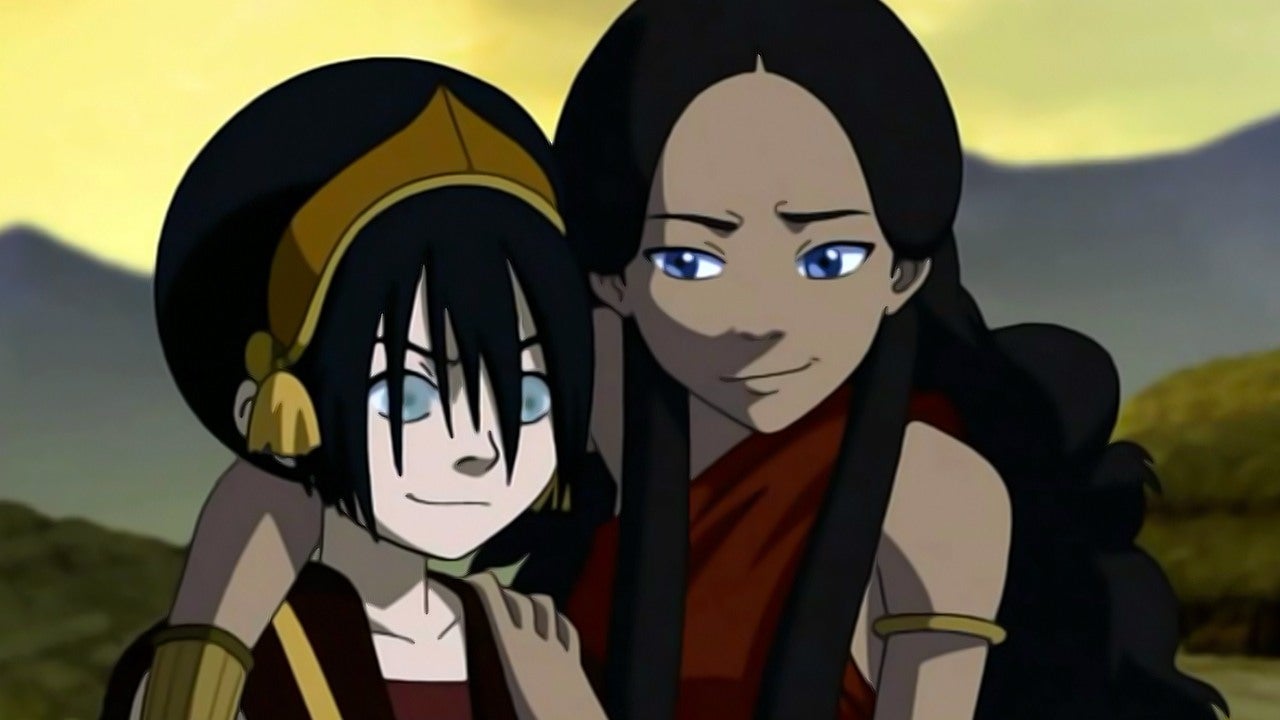
Most of Team Avatar’s fights are small grievances that can be resolved with a heartfelt chat, but a few nearly cause the group to split. In season one, Katara and Sokka leave after Aang hides a message that leads to their long-lost father. In season two, Toph storms out after Katara and Aang both call her out for refusing to help set up camp. Both instances have underlying circumstances that inflate them: the former involves Sokka and Katara’s desperation to see their father again. The latter starts with Toph and Katara’s different mindsets, then snowballs due to sleep deprivation. This deeper emotional level makes the fight believable and poignant. In both cases, however, the Gaang reunites and makes up by defeating a foe together.
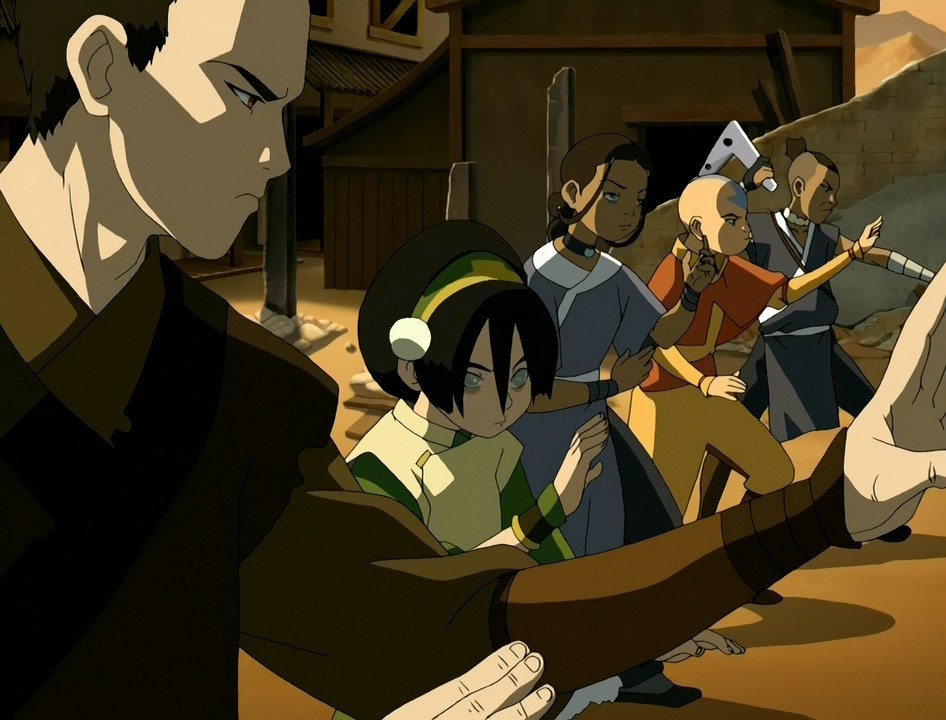
When fictional friend groups clash over preventable misunderstandings or innocent mistakes, the audience often rolls their eyes and thinks that would never happen to them. However, Team Avatar’s squabbles aren’t just manufactured arguments injected into the script to create drama. They are serious conflicts based on personality differences and stressful situations, both of which can cause friends to fight in real life. The realism of the Gaang’s conflict encourages viewers to consider similar situations in their own lives and how they might work through them.
Forgiveness Is Their Norm
In the end, Team Avatar never lets conflict break them apart. Toph and Katara, in particular, have several clashes throughout the show because of their different personalities, but they don’t allow that to come between them. Instead of holding grudges, they talk about the conflict, admit their respective issues, and make up. Team Avatar also shows how forgiveness can be a catalyst for friendship. When Zuko joins the Gaang, most group members accept him quickly, but Katara remains suspicious.
However, after Zuko consistently shows his eagerness to help and takes her to confront her mother’s killer, Katara forgives him and takes the first step down the path to friendship. Notably, the show doesn’t suggest that Katara was wrong not to trust Zuko immediately. After all, he was a primary antagonist for much of their journey, and he betrayed Katara’s trust in an earlier season. Instead, it becomes clear that Zuko needed to earn forgiveness as much as Katara needed to give it.
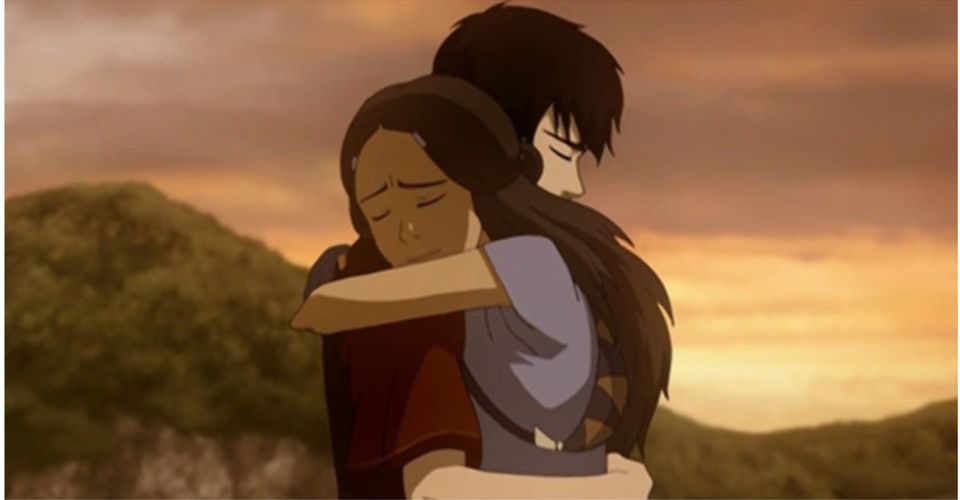
Avatar proves that holding grudges isn’t about righting a wrong; it’s a one-sided attempt to make another person feel guilty without acknowledging the core issues at hand. Conflict can only strengthen a friendship when both sides work towards resolving the issue and understanding why it arose. Just as Toph and Katara confront the deeper reasons behind their actions and solve their issues together, being friends means seeing the best in each other and valuing the relationship over the satisfaction of being right.
Growth Unites Them
A big part of friendship is supporting each other’s growth. Overcoming flaws and becoming better people is often easier with the support of friends. As the members of Team Avatar develop as people, they help each other along the way and acknowledge their successes. Much of this takes place in season three. In one episode, Sokka expresses his feelings of inferiority for being the only non-bender on the team.
Instead of brushing him off and trivializing his needs, the other members of the team stop for several days just so that Sokka can train with a swordmaster. In another episode, Katara goes on a quest to take vengeance on her mother’s murderer. Even though Aang disagrees with her decision and encourages her not to use violence, he understands that she needs to confront this part of her past to move on and grow.
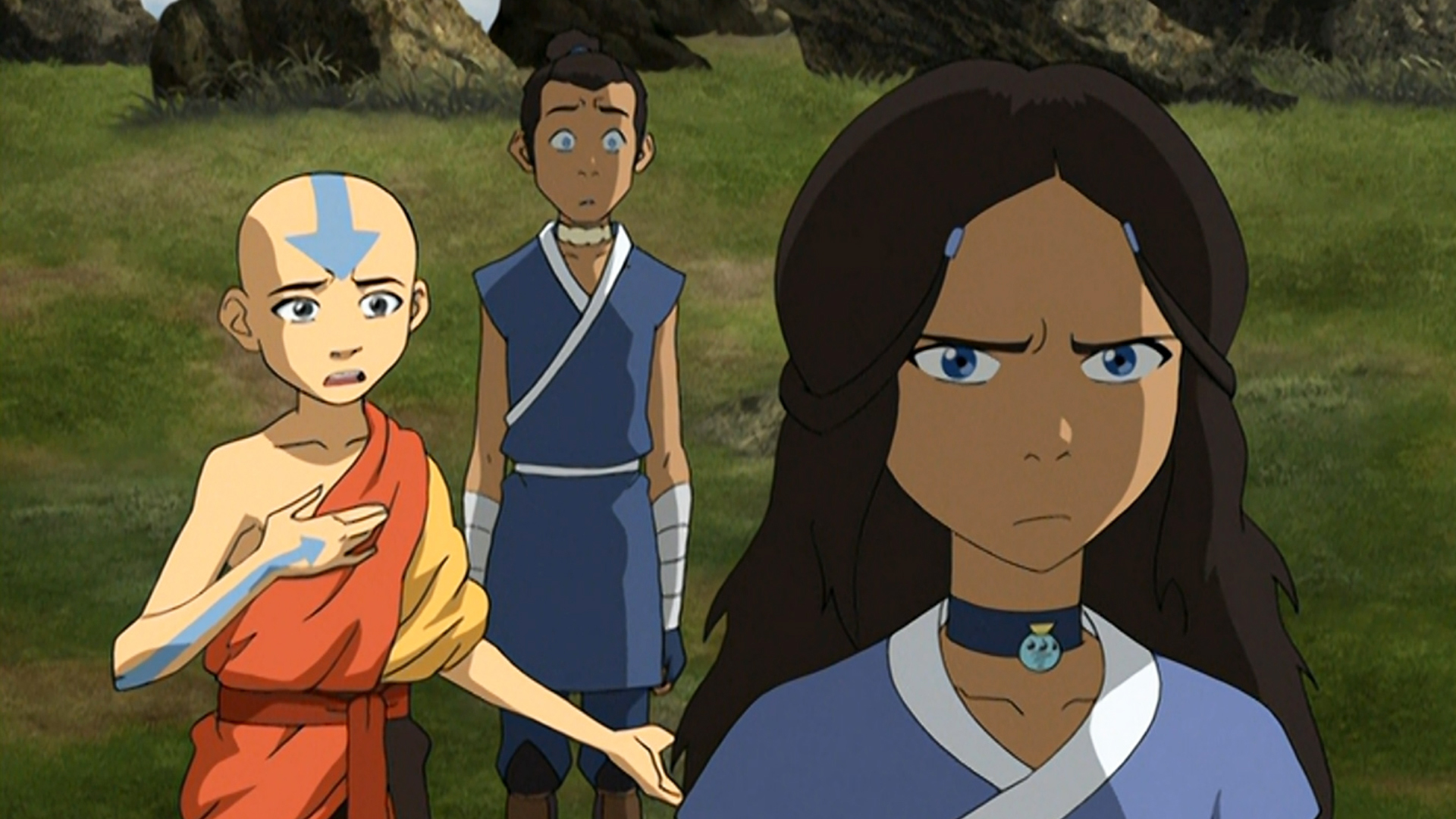
All of this shows that being a good friend is rooting for others and encouraging them in their self-improvement efforts. Friends shouldn’t try and talk each other out of growth just to avoid change or feelings of envy. Instead, they should cherish each other’s successes and actively help each other reach their goals. This resulting support network is instrumental to the level of family-like bonding that Friendsgiving is built upon.
The Anti-Friendsgiving
While Team Avatar’s friendship is strong enough to carry them through the show, another group doesn’t fare so well: Ozai’s Angels. This is the main antagonistic group and includes Azula, Mai, Ty Lee, and sometimes Zuko. Whereas the Gaang is held together by support and kindness, Azula leads Ozai’s Angels through fear and manipulation.
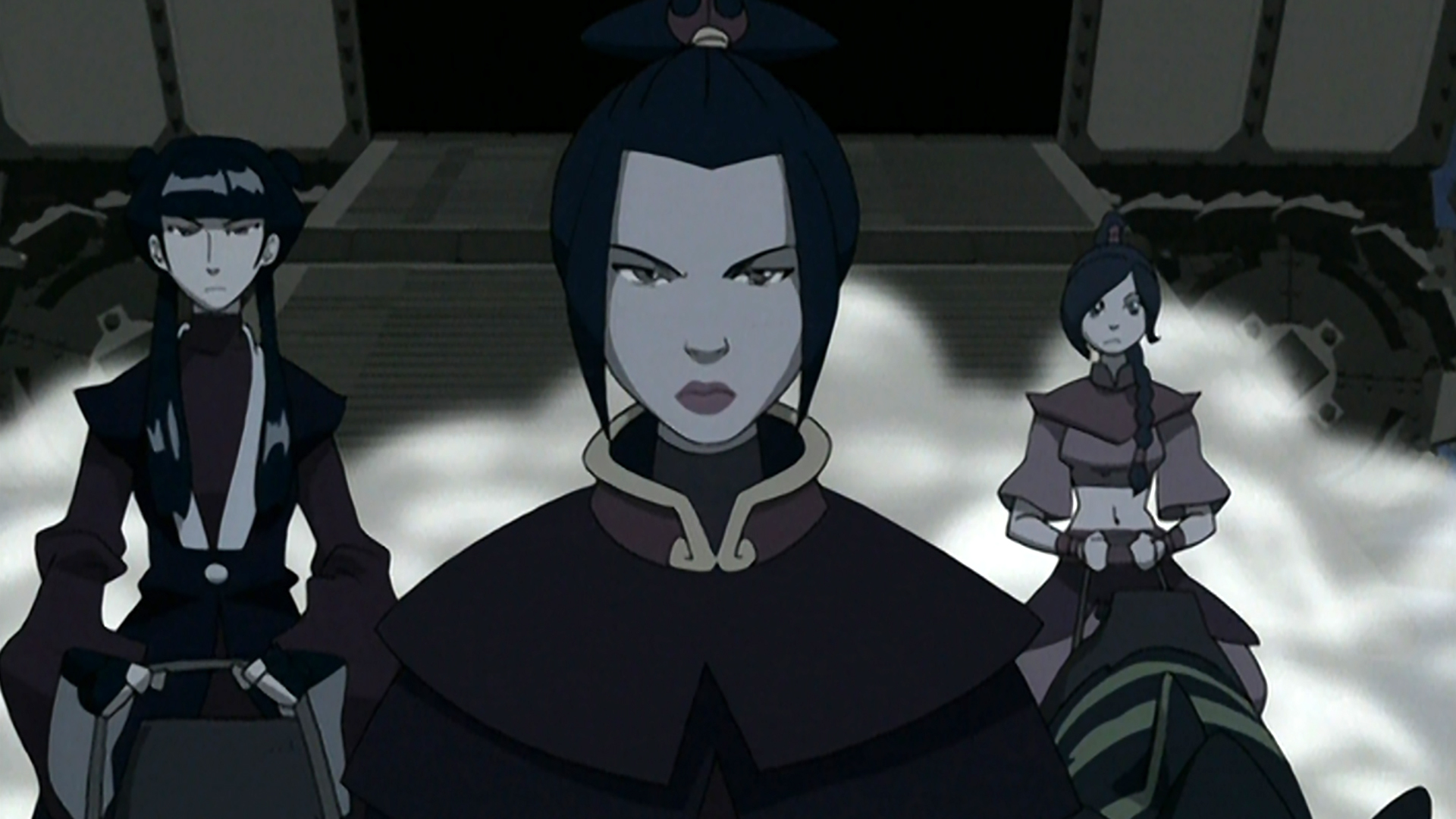
When Azula first puts the group together, she seeks out Ty Lee, a circus acrobat skilled in combat. Ty Lee politely turns down Azula’s offer to join her, saying that she’s happy where she is and doesn’t want to get involved. Instead of being concerned for her friend’s feelings and respecting her wishes, Azula comes to Ty Lee’s performance and sets the safety net on fire as a way of threatening her into joining. Mai expresses less resistance when Azula comes knocking.
Bored with life, Mai prefers to go with the flow as long as it will take her someplace exciting, which also makes her apathetic to the destruction she causes. Instead of encouraging her to outgrow her flaws, Azula constantly uses Mai’s passivity as a way to get what she wants. Real friends support each other’s growth, but Azula stifles it in order to maintain control.
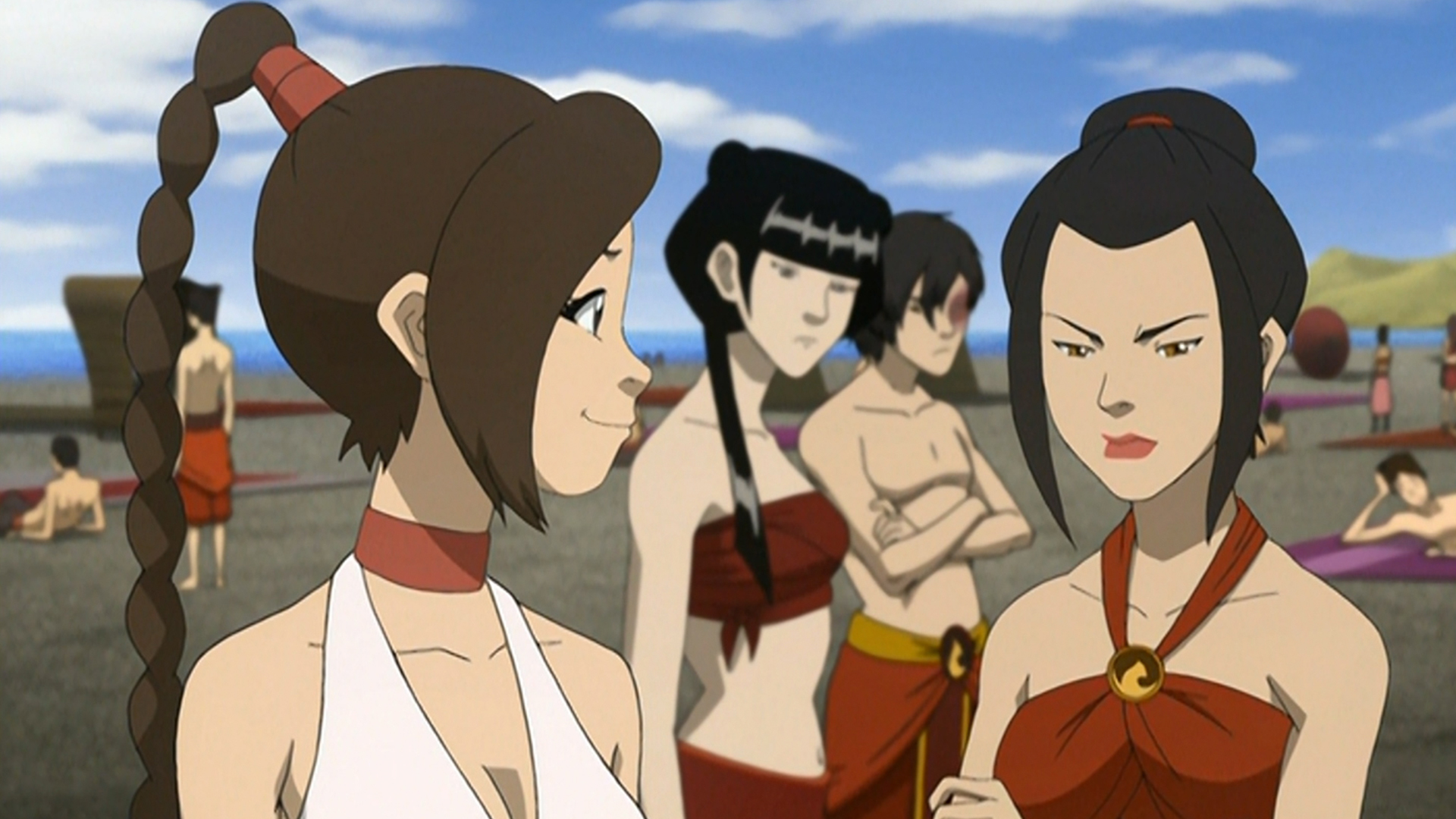
It is also telling that the Gaang has no specific leader, whereas Azula is clearly in charge of Mai and Ty Lee. As the Avatar, Aang does act somewhat like a leader, but he always seeks input from his friends, and he doesn’t have a monopoly on the group’s decision-making. Azula orders her friends around and uses her status as a princess to give her wishes more weight.
Ozai’s Angels and the Gaang are foils for each other and showcase the difference between real friendship and coercive cooperation. The members of Team Avatar support each other and help each other become better people. In contrast, Azula actively fosters her friends’ worst tendencies so that she can control them. Unlike the consistent strength of the Gaang, the Angels’ dysfunctional friendship ends with Mai and Ty Lee betraying Azula, causing her to slip into paranoia while they find real friendships elsewhere.
Team Avatar For The Win
When it comes to respecting the spirit of Friendsgiving, no group does it better than Team Avatar. Even though they sometimes fight, their conflicts end up strengthening their relationship, not breaking it down. The Gaang holds a balanced view of forgiveness, which encourages them to be gracious to each other without ignoring their issues. Perhaps most importantly, the members of Team Avatar also give each other room to grow. These key factors make the Gaang a friend group everyone can aspire to.
